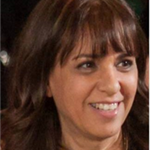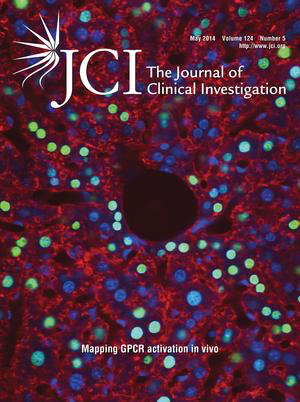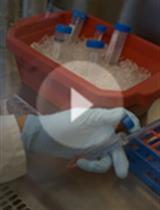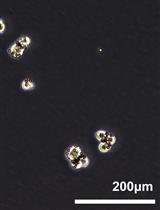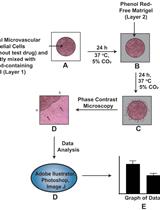- EN - English
- CN - 中文
Mouse Retinal Whole Mounts and Quantification of Vasculature Protocol
小鼠视网膜整装和脉管系统量化的实验方案
发布: 2015年08月05日第5卷第15期 DOI: 10.21769/BioProtoc.1546 浏览次数: 17303
评审: Shai BerlinSoyun KimAnonymous reviewer(s)
Abstract
Angiogenesis is the formation of new blood vessels from a pre-existing vascular bed. It is a multi-step process beginning with enzymatic degradation of the capillary basement membrane, followed by endothelial cell (EC) proliferation, migration, tube formation, assembly of a new basement membrane, and pericyte stabilization. Aberrant angiogenesis plays a major role in the pathogenesis of many diseases. The regulation of this complex process is an important therapeutic target. Success in this pursuit, however, requires the development of in vivo angiogenesis models that provide a reliable and facile platform for mechanistic studies of angiogenic regulation as well as drug development and testing (Carmeliet and Jain, 2011).
Postnatal development of mouse retinal vasculature offers a unique and powerful in vivo angiogenesis model because, unlike other species, mice undergo extensive angiogenesis-dependent maturation of their retinal vessels after birth. As such, this model is also very useful for the mechanistic study of embryonic vascularization (Stahl et al., 2010; Adini et al., 2003).
This protocol describes the steps involved in the whole mount processing of mouse eyes for visualization of the retinal vasculature.
Materials and Reagents
- 10% Formalin solution (Sigma-Aldrich, catalog number: HT5011284L ) or Paraformaldehyde (PFA) (Electron Microscopy Sciences, catalog number: 15710 )
- Triton X-100 (Sigma-Aldrich, catalog number: 93443 )
- Sodium azide (Sigma-Aldrich, catalog number: S2002 )
- Goat serum (Sigma-Aldrich, catalog number: G9023 )
- Phosphate buffer saline (PBS) (Sigma-Aldrich, catalog number: P3813 )
- Antibody: Bandeiraea simplicifolia BS-1 (LEC)-TRIC (Sigma-Aldrich, catalog number: L-5264 ) diluted 1:200
- Mounting medium: ProLong Gold antifade reagents (Life Technologies, catalog number: P36934 )
- Blocking buffer (see Recipes)
Equipment
- Razor Blade
- Shaker-2 min maximum velocity
- Epifluorescence microscope fitted with camera
- Student Dumont #5 Forceps (Fine Science Tools, catalog number: 9115020 )
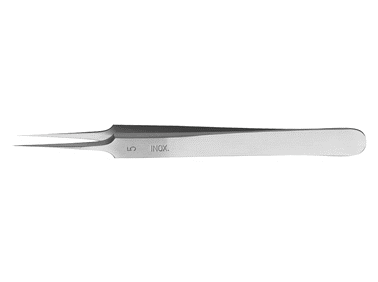
- Curve Dumont #7 Fine Forceps (Fine Science Tools, catalog number: 1127420 )
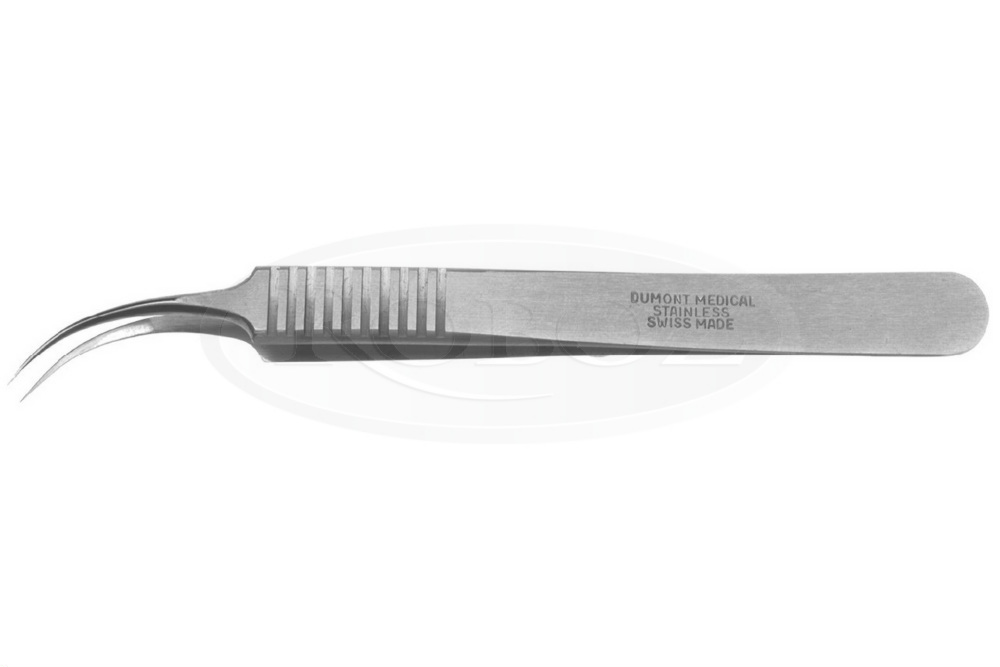
- Micro dissecting scissors (Fine Science Tools, catalog number: 1501810 )

- Microscope cover glasses (Thermo Fisher Scientific, Menzel-Gläser, catalog number: 9161028 )
- Microscope glass slides (Thermo Fisher Scientific, Menzel-Gläser, catalog number: 9161145 )
- CCD camera (Leica Microsystems, model: DC500 )
- Microscope: Nikon Eclipse TE-2000-E fluorescence microscope or Zeiss Inverted Tissue Culture Fluorescence Microscope.
Software
- Software Angio Tool (Zudaire et al., 2011) (https://ccrod.cancer.gov/confluence/display/ROB2/Home) or ImageJ software (http://imagej.nih.gov/ij/)
Procedure
文章信息
版权信息
© 2015 The Authors; exclusive licensee Bio-protocol LLC.
如何引用
Adini, I. and Ghosh, K. (2015). Mouse Retinal Whole Mounts and Quantification of Vasculature Protocol. Bio-protocol 5(15): e1546. DOI: 10.21769/BioProtoc.1546.
分类
发育生物学 > 细胞生长和命运决定 > 血管生成
您对这篇实验方法有问题吗?
在此处发布您的问题,我们将邀请本文作者来回答。同时,我们会将您的问题发布到Bio-protocol Exchange,以便寻求社区成员的帮助。
Share
Bluesky
X
Copy link


